These are questions that often come up among amateur players, even endless controversies that animate the third half, once the game is over: is it “legal” to serve in such and such a way? Indeed, at padel, the service has its rules and it happens that some players deviate from them, not necessarily on a voluntary basis. We are therefore going to look today at some controversial rules of the service and recall some settlement points.
■ How many bounces in the square? It's a question that comes up often: when a mischievous player makes a drop shot on serve to surprise his opponent, some people think that multiple rebounds in the service box are not allowed. It's wrong. The federal regulations say it clearly: “A ball can perfectly bounce twice in the opponent's service box, in which case – and if it is naturally the good opponent's box – the point will be won by the server's pair”.
■ Serve as a foot? We have the right to serve like a foot, but not the right to drag our feet anywhere. To kick off, both feet of the server must be behind the service line and on the “right” side: the server must therefore neither touch nor cross the service line or the center line (and its virtual extension) with one of his feet. Once the ball is tapped, it is allowed to cross these same lines.
■ Overflight allowed.- If a ball is delivered near the center line (on the right side), but the impact is made on the other side of this line, the service is good as long as the player's feet remain on his side (see photo and video below).
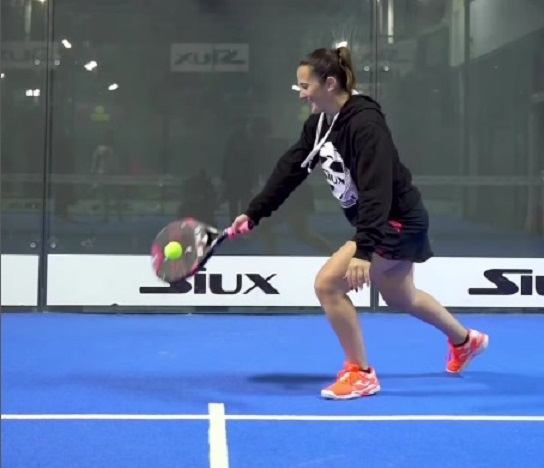
■ Below the belt.- In combat sports, blows below the belt are strictly prohibited. Well at padel, it's quite the opposite, at least in the service: the shot must be made at waist height (or lower). If it's higher, it's a fault.
■ Compulsory rebound.- Some beginners forget to bounce the ball on the ground before serving. They are therefore reminded that the service is done "with a spoon", after rebounding on the ground. The latter must be carried out in the server's half of the field and must be rear the service line: if the ball bounces on this line, it is therefore a fault...
■ No skipped service.- When hitting, the server must have at least one foot on the ground. This means that the player must not walk, run or jump before hitting the ball. This rule is very little respected, including at the highest level: the proof, the world n°1 Juan Lebrón derogates from it with impunity, as we already reported it last summer.
■ Air shot = fault.- If the server completely misses the ball and misses while trying to hit it, the serve is faulty. If this is the case on a second ball, the point goes to the opponents.
■ The reward is great in heaven.- If a serve, respecting the above rules, rises very high in the heavens, bounces in the opponent's square and leaves the field in par 3 (or even in par 4), it is perfectly good. Provided, of course, not to touch the gate on the way. The receiver will have no other choice than to cut the trajectory or, if the exits are authorized, to go very quickly to recover this lobed service out of the field.
■ The “let” ball- The point is replayed if the ball hits the net (or one of the posts), falls into the correct service box, then makes a second bounce before hitting the grid. If this ball hits the grid before the second bounce, it is faulty. If it bounces once in the square and then goes out the door and bounces out of bounds, the ball is a let if outs are allowed but a foul if outs are not allowed.
You understood everything ? So all you have to do is get back to playing!
To deepen the subject with Julien Bondia, here is a technical video on the service:
After 40 years of tennis, Jérôme falls into the pot of padel in 2018. Since then, he thinks about it every morning while shaving… but never shaves pala in hand! Journalist in Alsace, he has no other ambition than to share his passion with you, whether you speak French, Italian, Spanish or English.




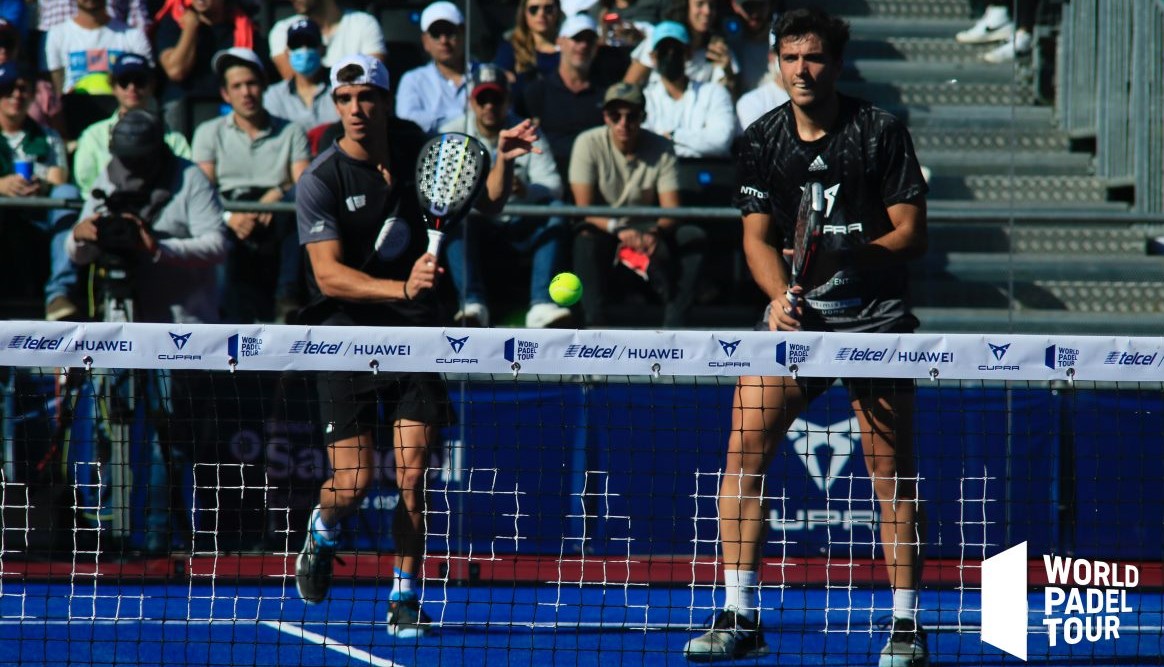
































































































 Premier Padel Brussels P2 – The break obviously did Sanchez / Josemaria good!
Premier Padel Brussels P2 – The break obviously did Sanchez / Josemaria good!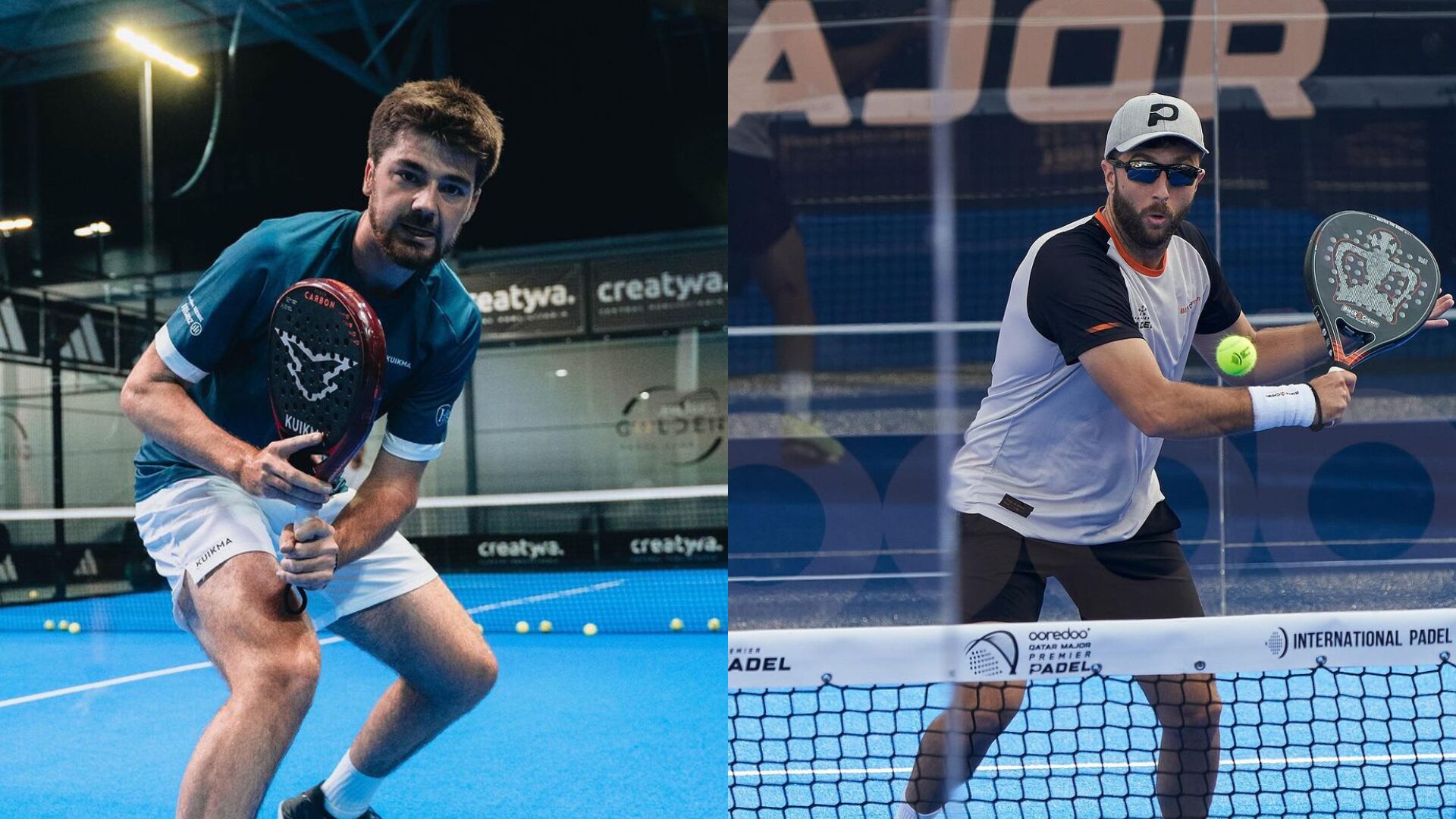 Premier Padel Sevilla P2 – From the waiting list to previas for Dylan Guichard and Ricardo Martinez!
Premier Padel Sevilla P2 – From the waiting list to previas for Dylan Guichard and Ricardo Martinez!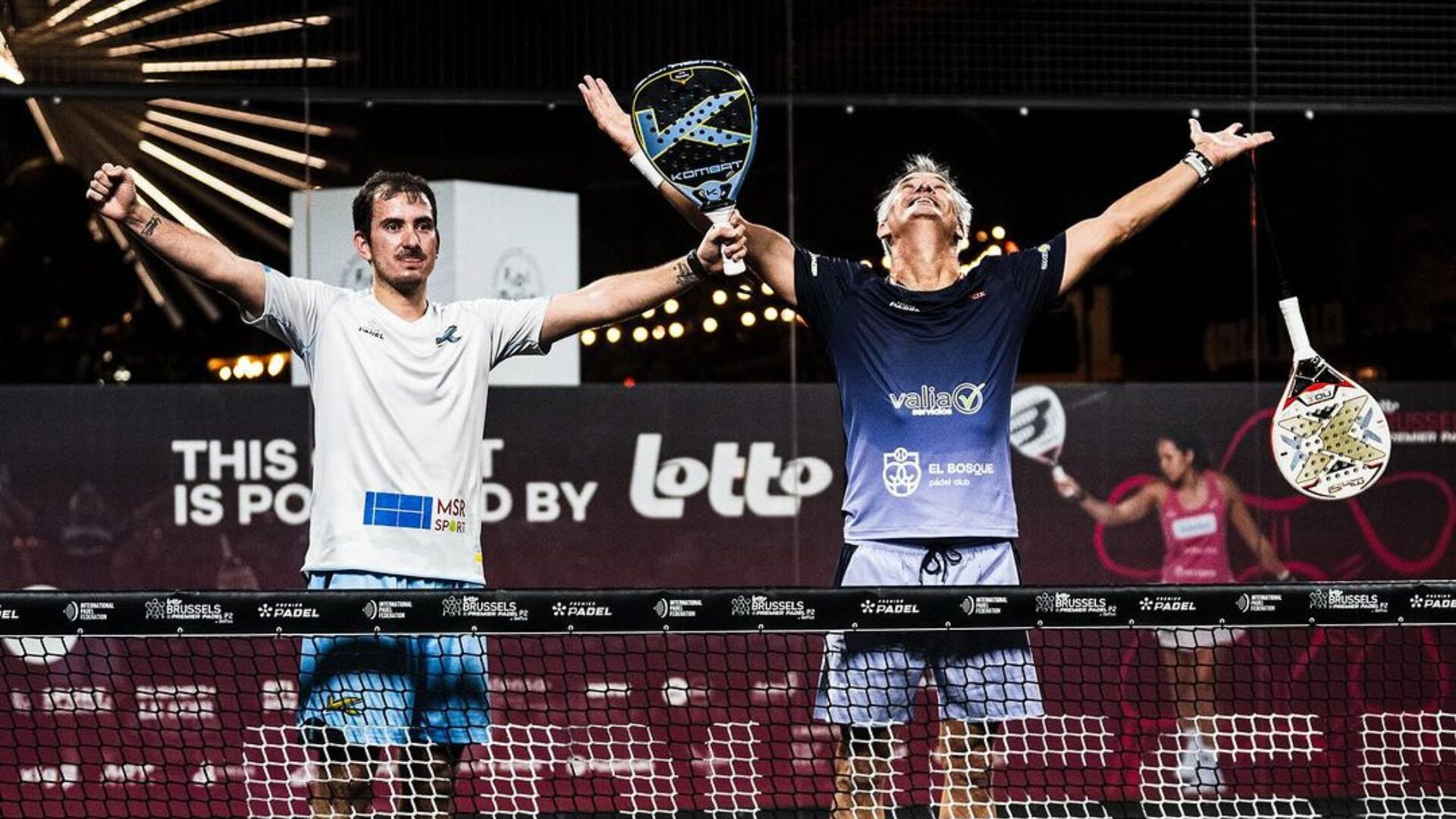 Miguel Lamperti: three tie-breaks and a return to the quarter-finals!
Miguel Lamperti: three tie-breaks and a return to the quarter-finals! Guillaume Codron de Sud Padel : “A family project”
Guillaume Codron de Sud Padel : “A family project” Nallé Grinda: “Democratize the padel in the USA with PadelX "
Nallé Grinda: “Democratize the padel in the USA with PadelX " Simon Boissé: “We know that there are two nations in front of us”
Simon Boissé: “We know that there are two nations in front of us” Marie Maligo: “This period of frequent changes of partners was beneficial for me”
Marie Maligo: “This period of frequent changes of partners was beneficial for me” Gilles Moretton: “We will be able to put the padel at the level of tennis”
Gilles Moretton: “We will be able to put the padel at the level of tennis” Two P1000 doubled prize money approaching!
Two P1000 doubled prize money approaching! José Manuel Escin at the inauguration of Casa Padel DOS: “Finally, and thank you!”
José Manuel Escin at the inauguration of Casa Padel DOS: “Finally, and thank you!”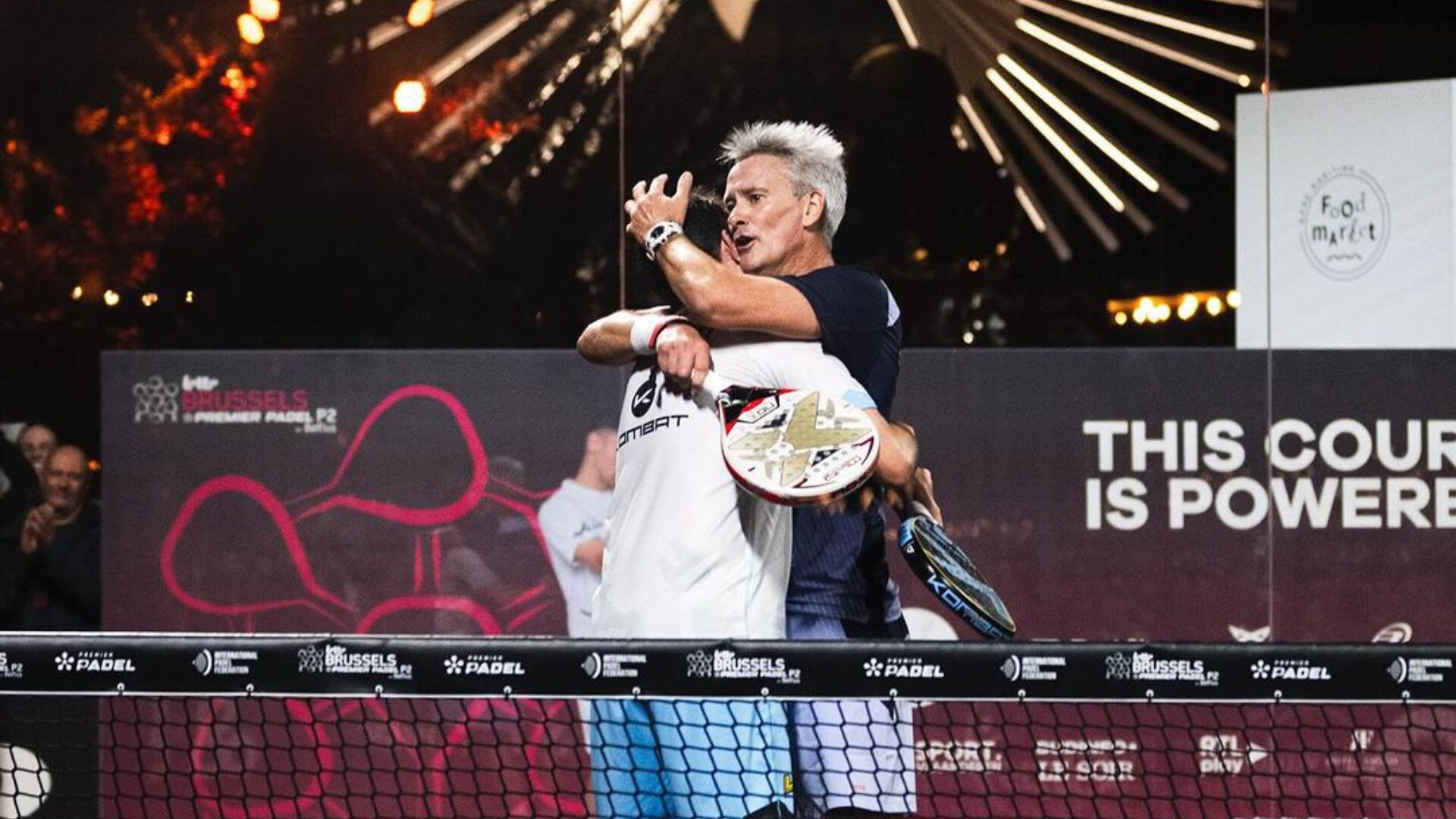 Big evening in Brussels with two seeded players on the mat, heckled number 1s…
Big evening in Brussels with two seeded players on the mat, heckled number 1s…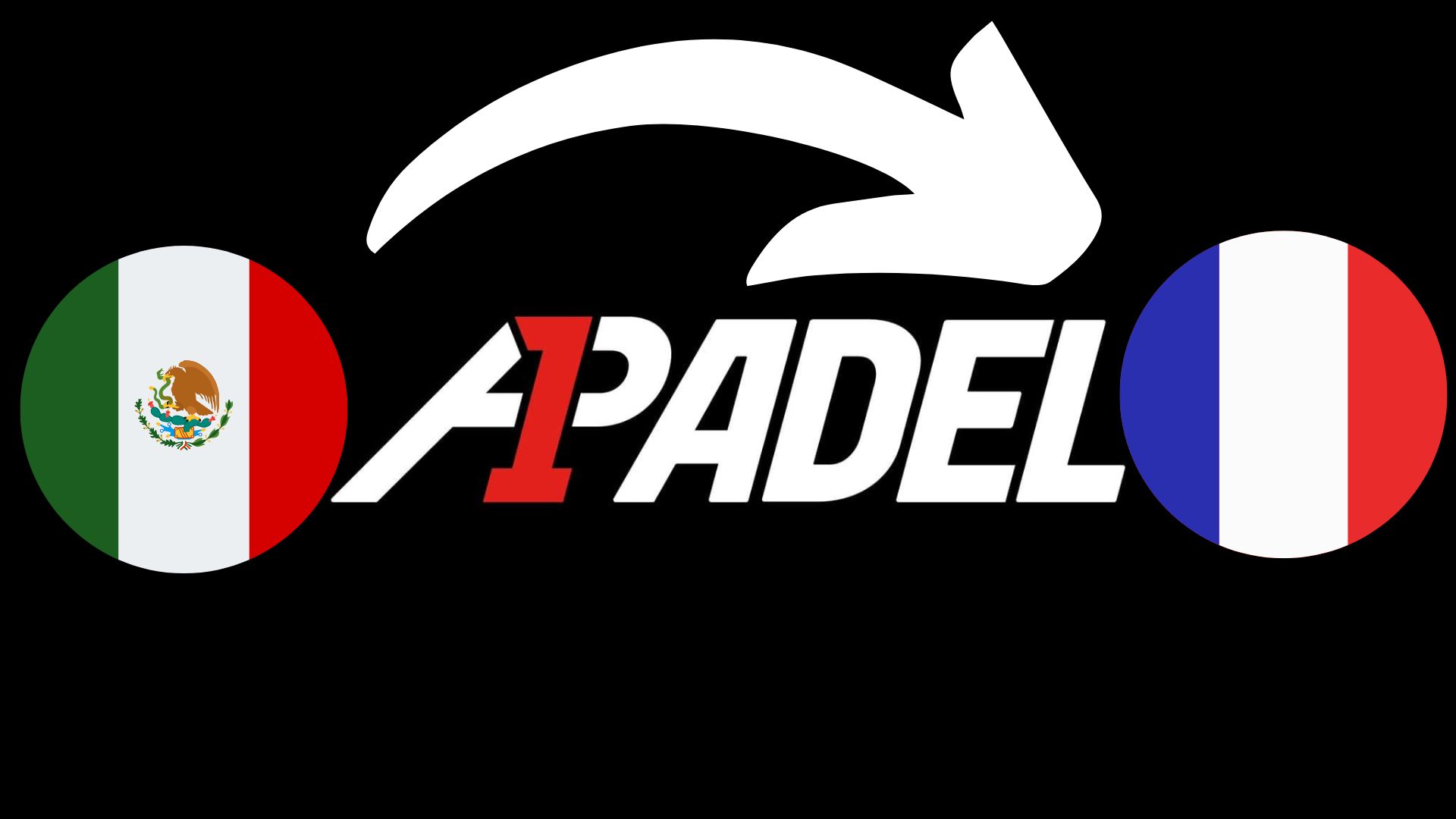 A1 Padel – the French Open replaces the Mexican Open on the calendar
A1 Padel – the French Open replaces the Mexican Open on the calendar 4 Fiberglass Padel Courts for The Ville de Paris: a choice that looks to the future
4 Fiberglass Padel Courts for The Ville de Paris: a choice that looks to the future Brussels Premier Padel Brussels P2 – Collombon / Bidahorria falls against Brea / Gonzalez
Brussels Premier Padel Brussels P2 – Collombon / Bidahorria falls against Brea / Gonzalez Padel Score comes to Tahiti for American Express Padel Cup!
Padel Score comes to Tahiti for American Express Padel Cup! Do you know the Rafa Nadal Academy Tour?
Do you know the Rafa Nadal Academy Tour? Play at padel on his yacht? Possible for €233.000!
Play at padel on his yacht? Possible for €233.000! Our Top 10 training courses padel in France and Europe
Our Top 10 training courses padel in France and Europe At the heart of padel – Episode 25: Paul and Andoni answer your questions
At the heart of padel – Episode 25: Paul and Andoni answer your questions Tactical padel – What to do when faced with players who systematically stay at the bottom?
Tactical padel – What to do when faced with players who systematically stay at the bottom? The basic tactics of padel
The basic tactics of padel At the heart of padel – Episode 25: Paul and Andoni answer your questions
At the heart of padel – Episode 25: Paul and Andoni answer your questions At the heart of padel – Episode 23: defend the window well
At the heart of padel – Episode 23: defend the window well Prohibition on playing topless Padel : the reasons
Prohibition on playing topless Padel : the reasons FIP Tour – Going far from Europe, THE strategy to earn points!
FIP Tour – Going far from Europe, THE strategy to earn points! What is a good football player? padel ?
What is a good football player? padel ? “Lefties give me headaches when I play against them!”
“Lefties give me headaches when I play against them!” At the heart of padel – Episode 14: how to earn points in winter?
At the heart of padel – Episode 14: how to earn points in winter? A par 4 is always a winner...even if you manage to defend it!
A par 4 is always a winner...even if you manage to defend it! Carbon fiber VS fiberglass: what to choose?
Carbon fiber VS fiberglass: what to choose? How to effectively test a racket padel ?
How to effectively test a racket padel ? La padel to fight Parkinson's disease
La padel to fight Parkinson's disease Don't play with a cracked or broken racket, your body will thank you!
Don't play with a cracked or broken racket, your body will thank you! Michel Cymes: “The padel, physically, it’s serious!”
Michel Cymes: “The padel, physically, it’s serious!” Jeremy Gala: “Promote the padel among young people in Belgium remains a challenge”
Jeremy Gala: “Promote the padel among young people in Belgium remains a challenge” The French Touch Academy organizes its selection day Padel-Study
The French Touch Academy organizes its selection day Padel-Study Report on the detection and training of younger generations
Report on the detection and training of younger generations